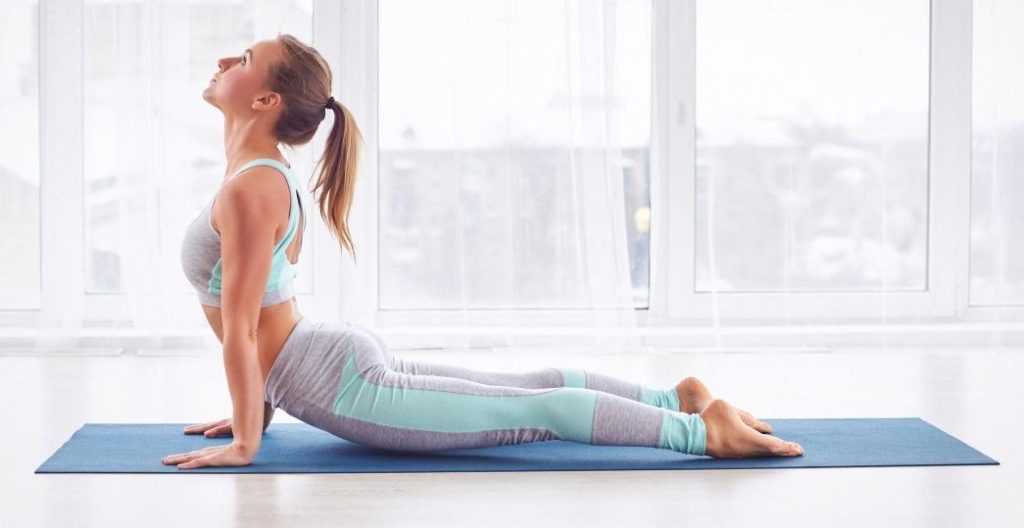All branches and modalities of yoga are based on slow movements and meditation. On the contrary. Yoga, by its very nature, is an exercise full of dynamism. Among the most dynamic types of yoga is the Vinyasa Yoga, which is based on the chaining of a series of breath-helped movements.
In this, it makes no difference to all the specialties of yoga. If you’re looking for a more dynamic yoga exercise routine and asana, we invite you to learn what Vinyasa Yoga is and how you can practice it.
Definition of Vinyasa Yoga:
If we take a look at our etymology, we will better understand the concept behind this yoga branch. Vinyasa is a Sanskrit name that forms from the Vi concepts, which refers to the positioning of the body according to a context, and Nyasa, which is one of the meditative states that advocate concentration at one point and its subsequent “liberation.”
Thus, the Vinyasa Yoga advocates the movement. Those who choose it seek precisely to activate the body by binding movement and breathing. Breathing is the key to completing the entire routine of postures or asanas. As you go deeper into its practice, you can increase the pace of accompanied movements with higher inhalation and exhalation rhythms.
Features of Vinyasa Yoga
Since we have delved into its concept and basis, it is time to know the characteristics of this yoga branch. As we have come forward, breathing, or your control, is the key to fully and correctly performing this type of dynamic yoga. Each movement has a correlation and limitation in breathing, which must be precise for concrete movement.
Remember the etymological meaning? Concentration. This is another feature of the Vinyasa Yoga. To control breathing and adjust movement and breathing you need a large dose of concentration.
That’s right, don’t forget that every yoga exercise is eminently physical. Although it contains elements of a spiritual nature, they are still routines of energetic movements or asanas, so it is considered a good cardiovascular exercise, since it is a very physical yoga style.
Benefits of Vinyasa Yoga:
Do you understand what Vinyasa Yoga is? All these qualities and characteristics give you several unique benefits that you should evaluate if you fit what you are looking for and needing. And it is that each style of yoga offers a series of benefits that do not bring the rest of the branches.
Vinyasa Yoga helps to tone
Given its dynamic nature, completing the Vinyasa Yoga marks is very demanding at the muscle level. Consequently, we are faced with one of the yoga styles that most help tone the muscles of the body.
Collaterally, this type of yoga makes you burn more calories and with them, the fats – they’re sore. However, it is essential to combine it with a balanced diet.
Improves coordination, balance, and concentration
Being a dynamic style of movement and breathing, it requires the practitioner to coordinate a great deal between the two elements. This directly influences the concentration capacity you can achieve – as a derivative advantage, it can be said that Vinyasa Yoga helps the brain to be active. By extension, Vinyasa Yoga is also recommended for people living with stress and anxiety.
The Most Typical Postures of Vinyasa Yoga:
Finally, let’s see what are the three most important positions or asanas of Vinyasa Yoga.
The cat’s posture is one of the first asanas to be taught when a person starts in it. As part of the sun greetings series, it’s perfect for learning to breathe and focus on movements.
The warrior’s position is perhaps one of the best known. What is not known so much are its qualities to tone your legs and expand your chest.
The frog, for its part, is very interesting because of the development factor of the flexibility that is achieved. That’s right, it’s vital to take care of the body’s posture.

